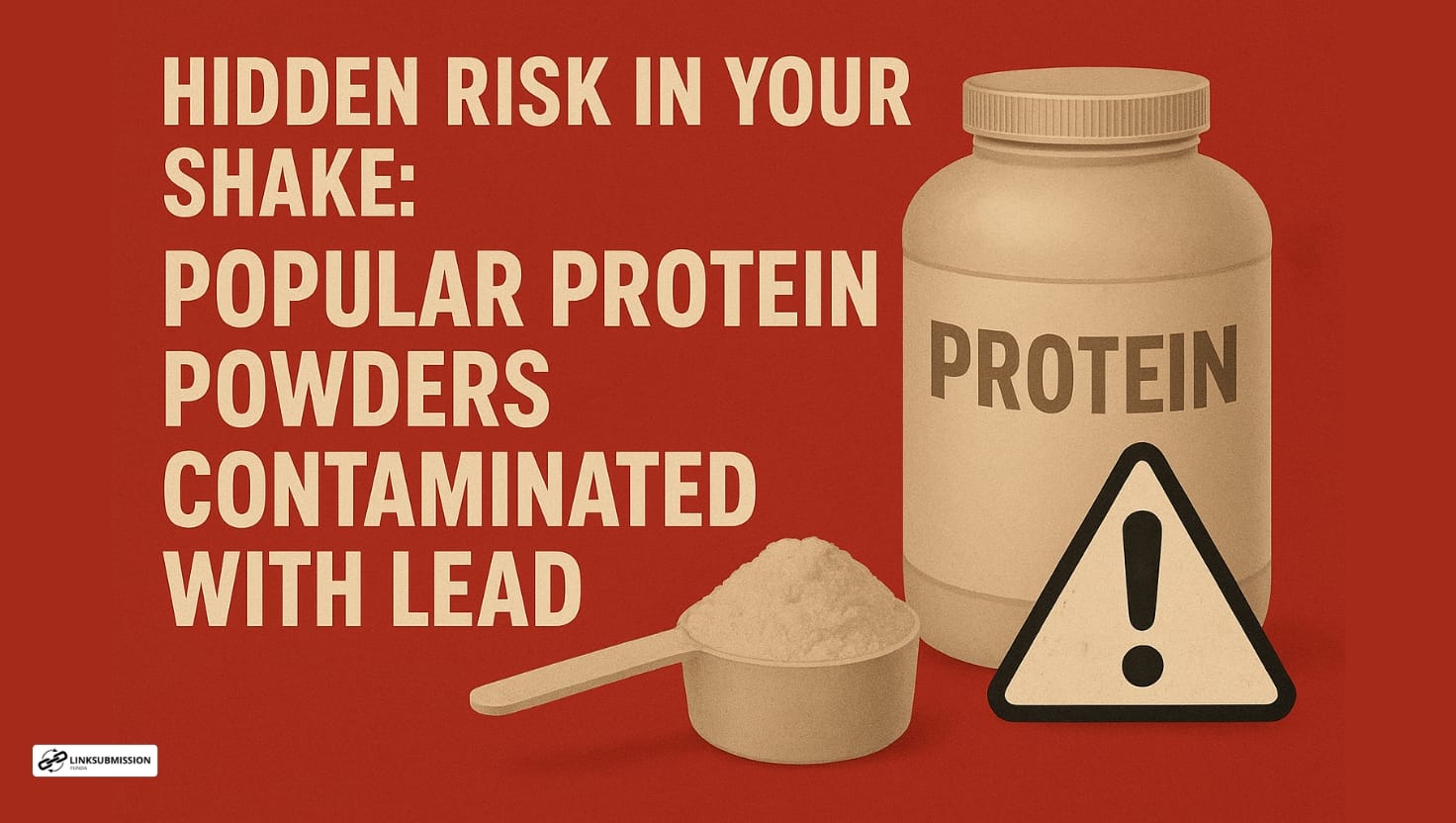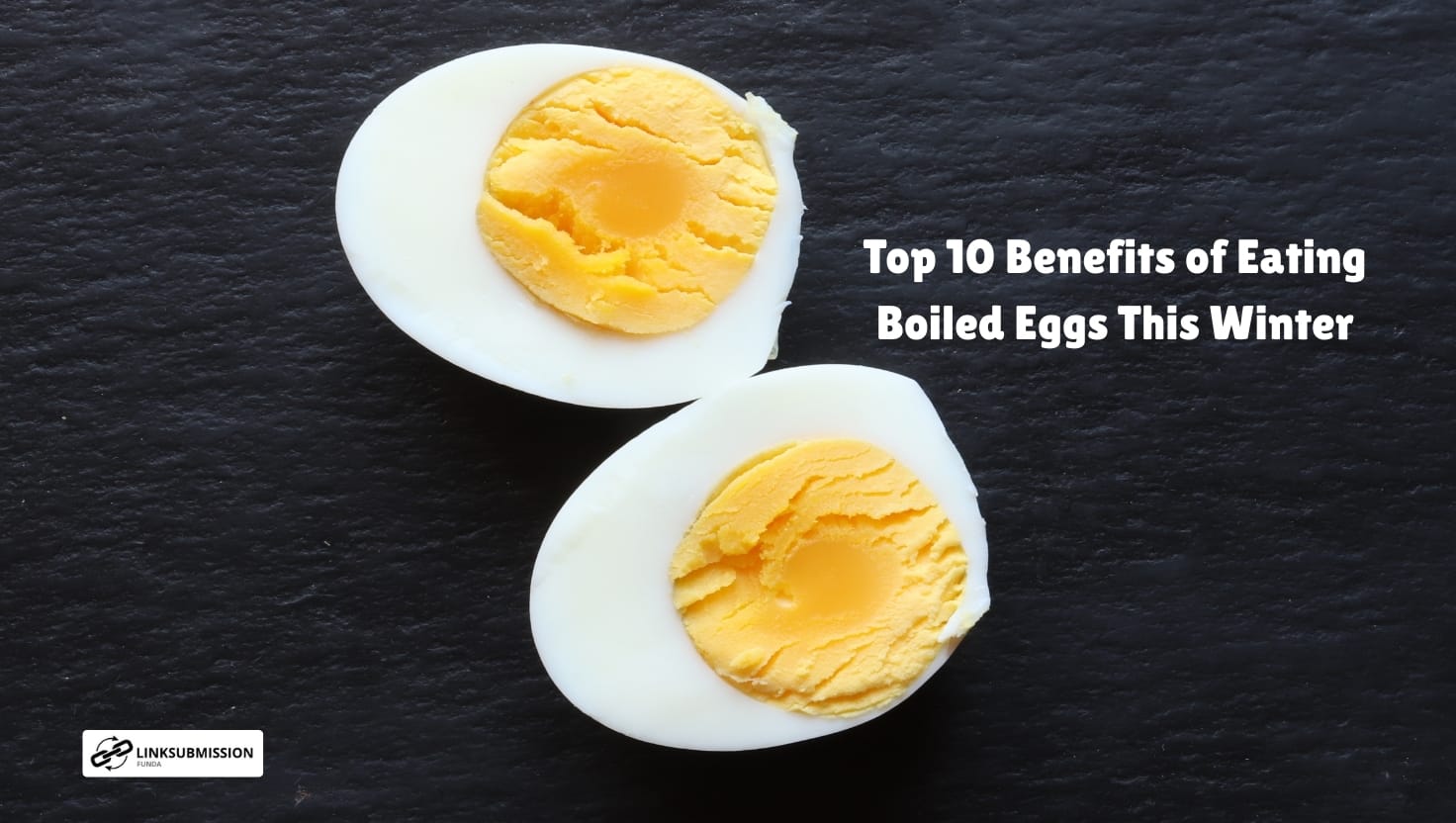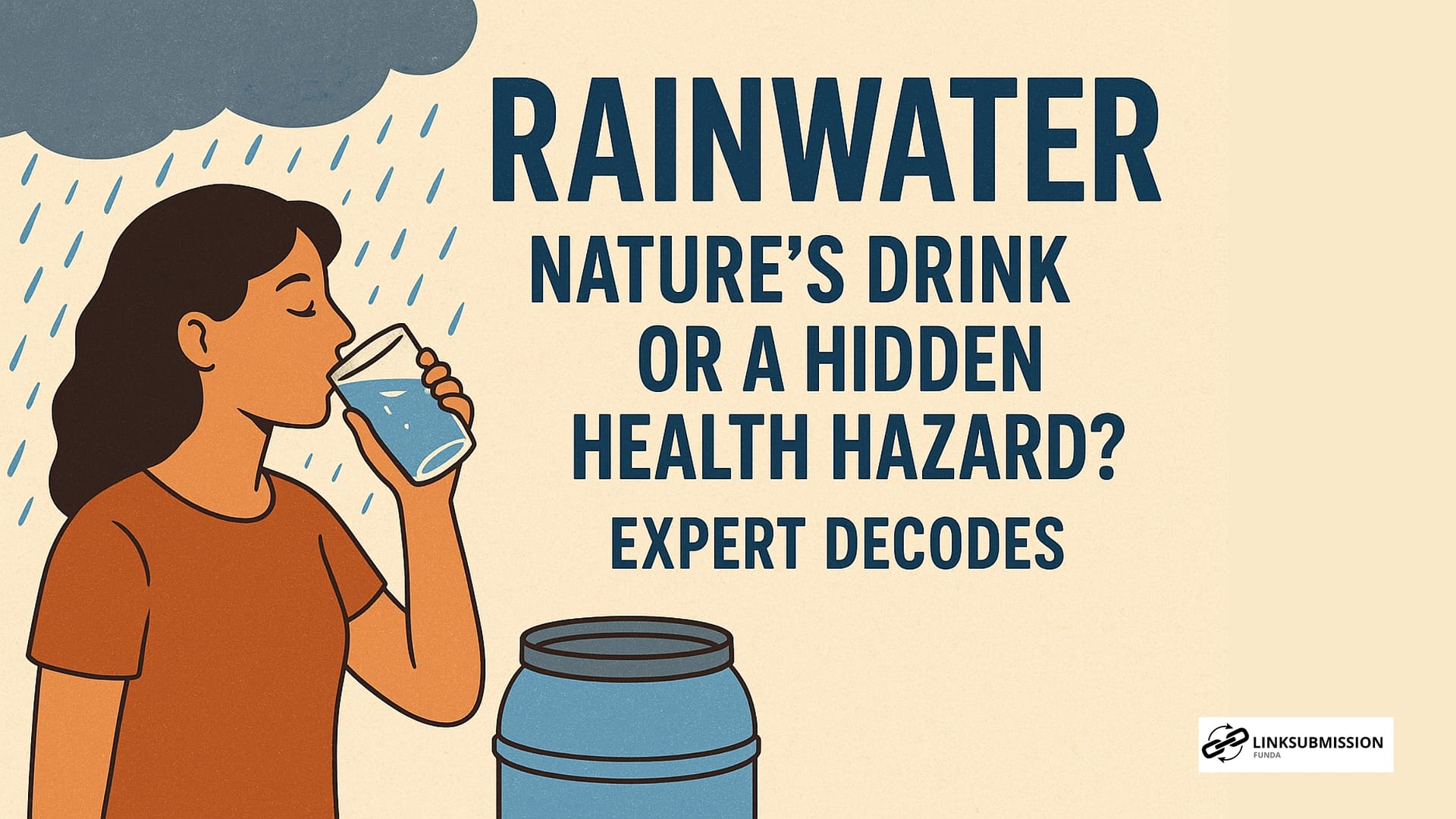In an age where fitness trends dominate our culture and protein powders have become almost a staple in many workout routines, a sobering new investigation raises serious concerns. According to a recent report by Consumer Reports, a large proportion of popular protein powders and shakes contain dangerously elevated levels of lead, a known neurotoxin with no safe threshold for exposure.
What the Report Found
In the Consumer Reports investigation, 23 protein powders and shake mixes—from dairy-, beef- and plant-based protein sources—were tested. Shockingly, more than two-thirds of these samples contained a single serving with lead levels higher than what the investigation’s authors considered safe for daily intake.
More specifically:
- The limit used by the report was based on California’s Proposition 65 guidance of 0.5 micrograms of lead per day for consumer safety.
- Some products far exceeded that threshold — for example, two plant-based powders (from Naked Nutrition and Huel) were found to contain around 6.3 to 7.7 micrograms of lead per serving — which is more than 1,200%-1,500% above the Proposition 65 limit.
- Plant-based powders tended to have much higher lead levels than whey- or dairy-based powders.
- The contamination seems to be getting worse, with lead levels reportedly higher now than in past tests.
Another broader analysis by Clean Label Project — which tested 160 products from 70 brands — found that 47% of the samples exceeded at least one federal or state safety threshold for heavy metals such as lead and cadmium.
Why Should You Care?
Lead is a cumulative toxin: it doesn’t simply flush out of your system after a day or two. It accumulates in the body, can affect multiple systems, and—critically—there is no known “safe” level of lead exposure.
Potential health effects include:
- For children (and in pregnancy): neurological and developmental problems, cognitive delay, behavioral issues.
- For adults: increased risk of high blood pressure, kidney damage, reproductive issues (including fertility problems), immune system disruptions, possibly cognitive decline.
Given that many consumers take protein powders daily or even multiple times a day, the risk of accumulating excessive lead (and other heavy metals) is non-trivial. The fact that so many popular brands show elevated levels warrants serious caution.
Why Are Protein Powders Contaminated?
There are a few key reasons:
- Raw material absorption: Plant-based ingredients (like rice, peas, hemp, soy) can absorb heavy metals from contaminated soil, water or air more directly than animal-based ingredients.
- Concentration effect: When plants are processed into powders, any heavy metal present in the raw material becomes more concentrated. Powdering, blending and mixing intensify that risk.
- Flavor/ingredient variation: Some flavors or ingredient combinations may heighten contamination risk — one report found chocolate-flavored powders had higher heavy metal levels than vanilla.
- Regulation gaps: Unlike pharmaceuticals or many foods, dietary supplements (including many protein powders) are not subject to the same pre-market safety testing or approval by the Food and Drug Administration in the U.S. This regulatory gap means that manufacturers may not always screen for or eliminate contaminants.
What Can You Do?
Here are some practical steps if you use (or are considering using) protein powder:
- Check for third-party certification: Look for brands that provide independent lab test results (often called COAs or Certificates of Analysis) showing low heavy metal content. Certifications like NSF, USP, Clean Label Project transparency may help.
- Limit daily intake: Consider reducing frequency or serving size, especially if you’re using protein powders multiple times daily.
- Prefer whole-food protein sources when possible: Beans, lentils, eggs, lean meat, dairy, tofu — depending on your diet — can reduce reliance on granulated supplements.
- Choose wisely if plant-based: If you’re using a plant-based powder, be extra cautious. These appear more vulnerable to heavy metal contamination.
- Watch flavor/ingredient complexity: Simpler formulas might carry less risk; very complex blends or exotic flavorings might raise contamination chances.
- Stay informed: New investigations like the one from Consumer Reports are emerging. Keeping up to date can help you make better choices.
Final Thoughts
The findings from this latest investigation serve as a wake-up call. Many consumers using protein powders assume they’re safe, clean and beneficial — but the hidden presence of heavy metals like lead undermines that belief. While not every protein powder is necessarily dangerous, the margin for risk is more significant than many realize.
If you are using protein supplements regularly, it is worth evaluating your brand, review their testing transparency and considering whether you could meet your protein needs with more whole-food based approaches. Safety and nutrition are deeply linked — and sometimes convenience can come at a hidden cost.





